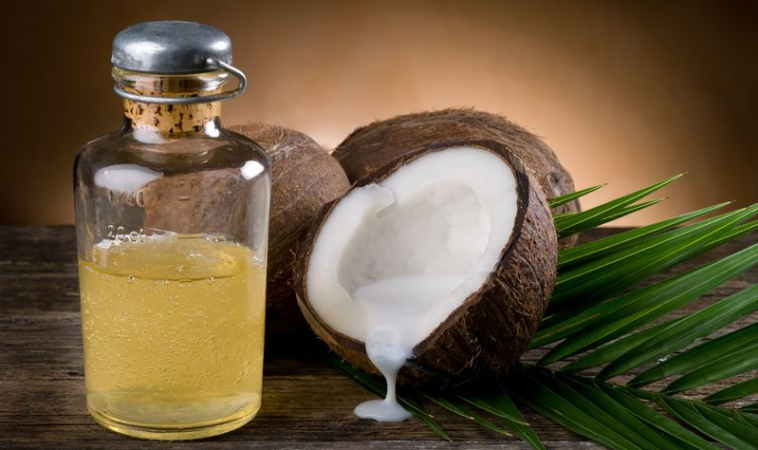In an age where harmful chemicals are in almost every product we purchase over the counter, it becomes more important that we remove as many toxins from our lives as possible. But how do we do that and counter some of nature’s assaults on our bodies, such as too much sun? Many over-the-counter sunscreens can actually promote cancer cells or act as hormone disruptors.
What to do? There are ways to protect your skin from the harsh rays and damage done to skin naturally while still getting the vitamin D we all need to remain healthy.
Here are eight types of natural protection against the sun. They can be combined to make your own sunscreen with varying amounts of Sun Protection Factors (SPF).
Slideshow: Use arrows to move to next slide

Shea butter moisturizes as well as protects: Most health food stores will sell pure shea butter, and that is a good thing as when you apply it to your skin, it not only makes your skin soft and hydrated, but it also acts as a sunscreen to the level of SPF 6.

Zinc oxide helps protect against sunburn: If you use non-nano zinc oxide, it has an SPF rating of two to 20, depending upon how much you smear on. This broad-spectrum sunblock sits atop the skin and absorbs harmful rays. A little goes a long way. How much do you use for the highest SPF rating? Try 20 percent non-nano zinc oxide. For the 5 percent protection, use 5 percent of the zinc.

Red raspberry oil smells as good as it protects: When you use red raspberry oil to protect your skin from harmful sun rays you get the benefit of an SPF rating of 25 to 50. This fruity oil is full of omega-3 and omega-6 fatty acids. This oil will protect your skin and fade scars such as stretch marks.

Carrot seed oil full of benefits: The seed from carrots has an SPF rating of 35 to 40, and is full of antioxidants. Did you know that it also is a good antiseptic?

Coconut oil is not just for cooking: Rub some coconut oil on your skin, it smells great and has an SPF rating of four to six. Try mixing it with jojoba oil and shea butter with a touch of zinc oxide and carrot seed oil to make a luxurious body butter that nourishes your skin while protecting it from the sun.

Almond oil is readily available: You can find almond oil in most stores. When used as a sunscreen, it provides an SPF protection rating of about five. Also rich in vitamin E, this oil will help your skin stay soft and elastic.

Jojoba oil helps fight the burn: The jojoba plant is native to Arizona, California and Mexico. Called the “Gold of the Desert,” this shrub’s essence is extracted and used to treat hair, skin and face. One of its effective components is myristic acid, which gives skin some of the protection it needs from the sun. Its SPF rating is about a four.

Wheat germ oil does more than protect from the sun: Wheat germ oil carries an SPF of about 20, but it also is beneficial because it provides your skin with vitamin E and adds a boost of antioxidants that repair cell damage.
Dr. Richard Maurer, Maine-based Naturopathic Doctor, Outdoor Triathlete, Parent of three sun-lovers said “Sunscreens are an important part of disease prevention,” but cautioned that when you see claims of SPF of 110 and water resistance, “How the heck do you ever wash the stuff off?”
Maurer said there is evidence that shows no benefit for an SPF over 40, even for sun-sensitive individuals.
“I want a sunblock that sits on top of the skin, not in it, I want to be able to wash it off (or take it off like clothing) when I don’t need it, and I want the ingredients to be non-toxic if small amounts are ingested by mistake,” Maurer said. “I am thrilled with the recent advancements in 100 percent zinc-based sun blocks. There is no longer a need to resort to chemically toxic sun blocks anymore, in fact, check out some (of the above) traditional natural sunblock formulas if you’re more adventurous.”
























